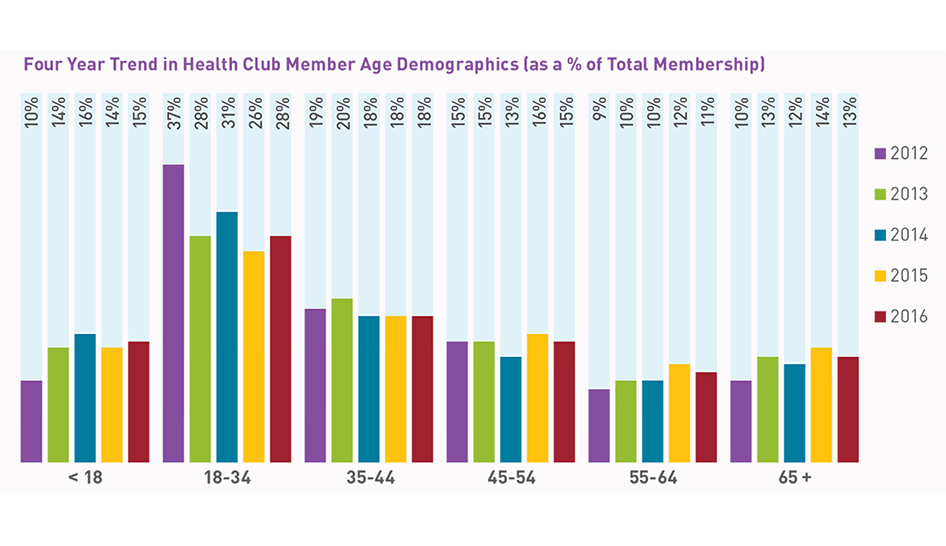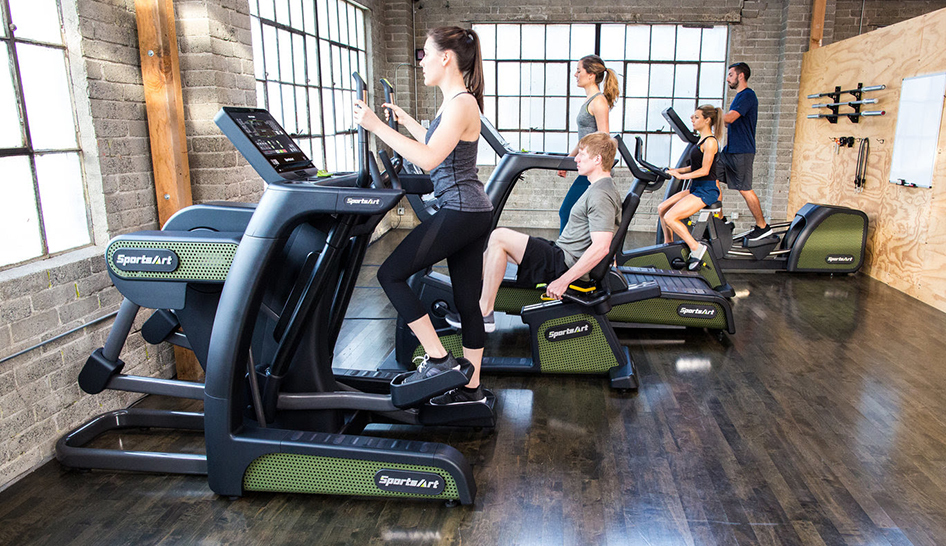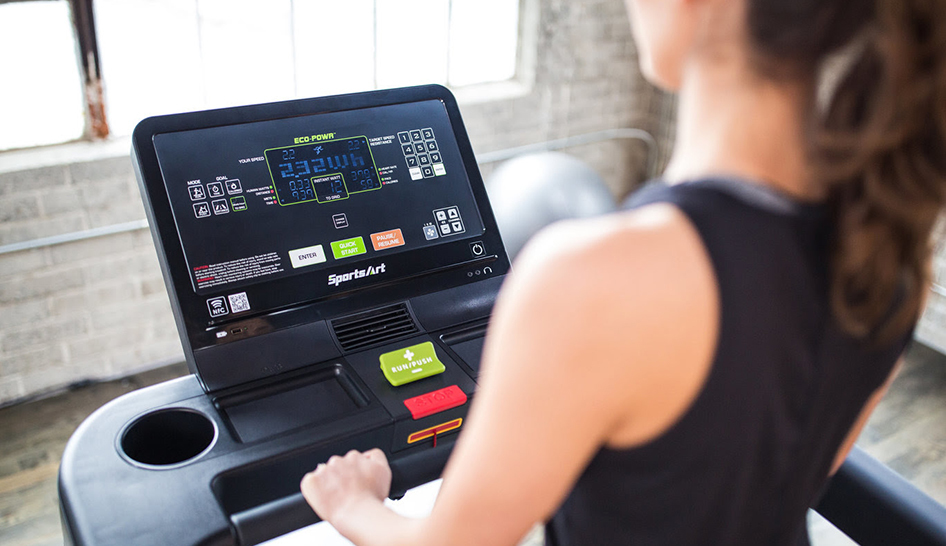If you’re struggling to attract the prime younger demographics, Generation Z and Millennials, then you’re in good company. Marketing and sales experts have invested huge sums in divining the habits of these consumers, while at the same time trying to decode the dynamic mobile digital landscape that dominates the attention of the young. Combined with the diminished buying power of Millennials and Generation Zers, marketing to them is, as they say, a hard sell.
Health club owners know all about the challenges of attracting these younger demos. According to the IHRSA Health Club Consumer Report, Generation Z and Millennials make up only 35% of core health club members. But as these groups age, their habits with regard to the fitness industry are starting to take shape.
Statistics from the report tell us that:
- Millennials are driving multi-club utilization. Roughly two out of five members between the ages of 18 to 34 were members of more than one facility.
- Millennials and Generation Z have distinct workout preferences that differ from older demographics. They prefer high impact/intensity training more than traditional training protocols.
- Younger demographics like the boutique experience—Generation Z in particular.
- Generation Z is starting to move away from the public facility model (e.g., YMCAs) to more commercial clubs.
These consumers are reachable, and if they like what you offer, they’re extremely loyal to brands. You need to have a strategy to get them on board.



